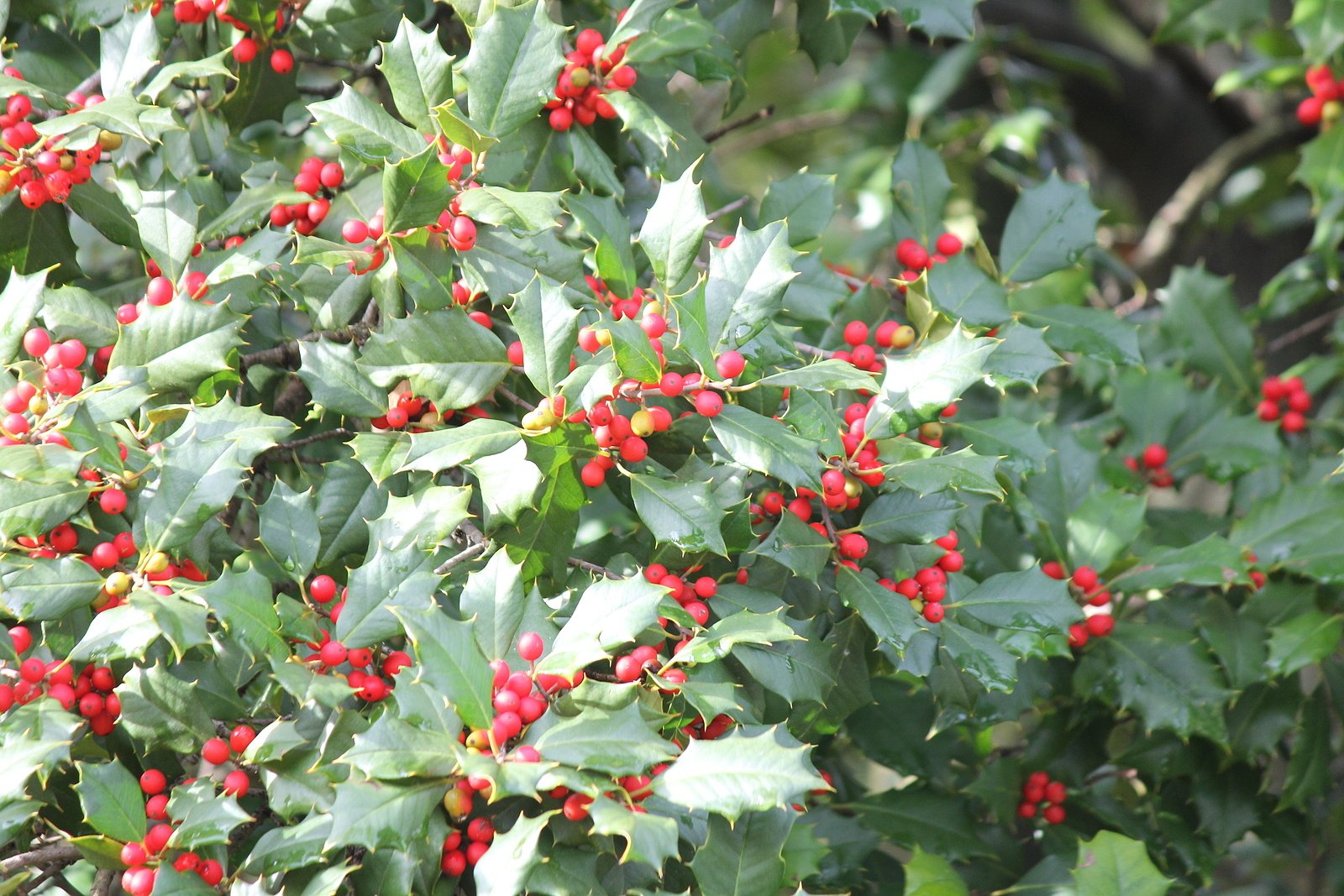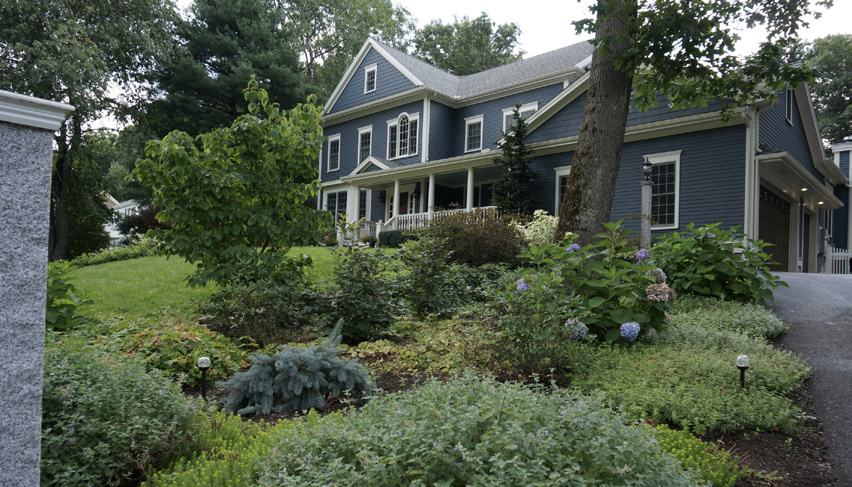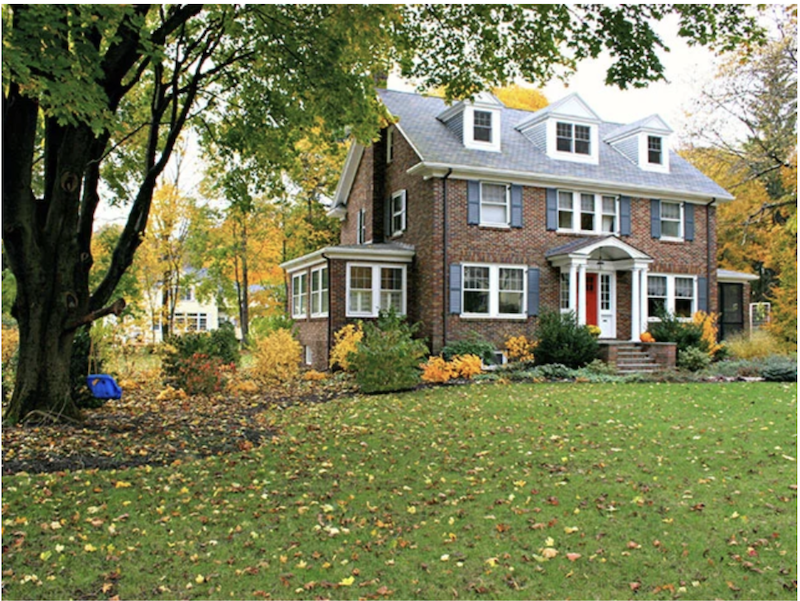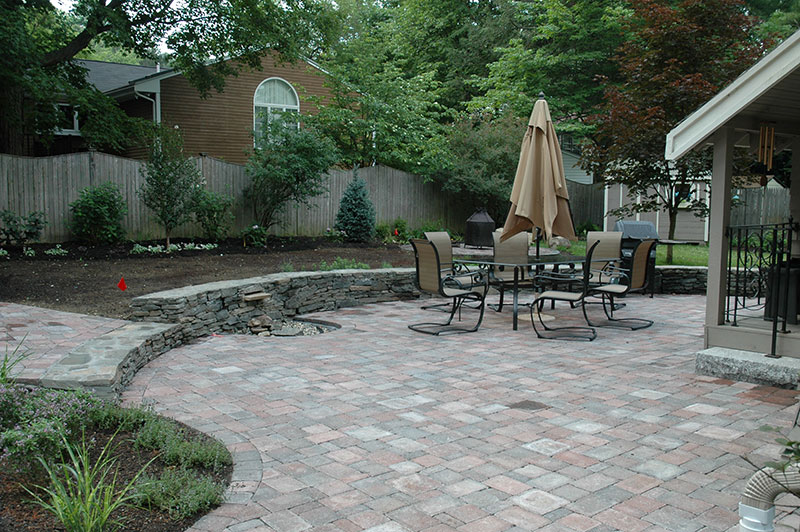We all know how important it is to take care of the planet, but you may be wondering what you can do to improve your practices. One easy step is to use organic landscaping methods.
Adopting these habits is much simpler than it may sound. The foundation of organic gardening is learning about your property, the kind of soil that you have, growing conditions, and what your yard needs to flourish. These six tips will help you easily use organic landscaping tactics for a healthy yard with minimal environmental impact.

1. Understanding your soil and ecosystem
One of the first things you’ll want to do before undertaking a landscaping project is get a soil test. These can be done quite reasonably through your state University Agricultural extension. In Massachusetts, UMass-Amherst offers an affordable one.
This test will help you better understand the acidity and health of the soil, as well as what nutrients are in it. This will tell you how well it will take in nutrients to help grow healthy plants. From there, look at the angles of the sun in our yard, the amount of shade, and what kind of terrain you have. Your yard has a microclimate, and understanding it will help you pick plants that thrive in your specific conditions.
2. Use as few chemicals as possible
While chemicals often seem like a simple solution, they can damage the soil as well as groundwater. Avoid products such as Round-Up as well as other herbicides, pesticides, and plants that are genetically modified (GMOs). These products can be devastating to the environment. You can easily replace herbicides by taking a few extra moments weeding. Pests can be naturally managed through the use of organic products, or by letting good bugs take care of ones that are pests.

3. Use organic fertilizers
Most of us have food waste that can easily be used as fertilizer if you aren’t doing so already. Plant-based food, as well as coffee grounds and garden waste like twigs, leaves and lawn clippings, can be used to create excellent, natural compost that your plants will love. Be careful not to use waste that has been contaminated by chemicals. It’s as easy as getting a little bin like this one for your kitchen and starting a small composting pile in the corner of your yard. You can also buy a tumbling composter like this one.
Handpicked Related Content:
You can use the soil from your composter to make "compost tea" if you don't need it for planting. Brewing the dirt in water makes this tea, and it can then be used as a fertilizer or even to treat diseased plants. You can read more about this process here.
If you need fertilizers, look for organic products and avoid synthetic blends that may have an organic label. Also, be careful not to use too much nitrogen, and phosphorus. These can leach into the soil, causing contamination.
4. Don’t over water
Water conservation is essential, especially in times of drought. It’s tempting to give your plants a lot of water. However, this is not only wasteful; it can be bad for your plants. Pick flowers, shrubs, and trees that don’t need a ton of water, and be sure to educate yourself as to how much they need before you try to grow them.
5. Get your plants, soil and compost from a local source
Find local sources for your gardening supplies. Not only will you use less gas, but fewer resources go into growing these plants. You'll also be supporting your local economy. Most importantly, these products will grow better in your ecosystem. Research has showed that local, native plants attract more good insects than imported, non-native plants. Using locally sourced native plants that will thrive in your local conditions will help you be a better steward of your property and local ecosystem.

6. Encourage pollinators and good insects
Pollinators help continue the life cycle in your yard, so pick plants that local pollinators such as birds, bees, and other insects will like. As mentioned above, using native plants will help attract beneficial insects and increase biodiversity. For instance, in one study a native oak tree was shown to attracted hundreds of important insects, while an imported Ginkgo tree attracted about five different types of insects. Not only will these insects help your plants, they'll also help take care of unwanted pests. Creatures such as ground beetles and damsel bugs eat aphid midges that feed on plants.
These ideas will make organic gardening fun and easy, but there are plenty of other ways to implement organic techniques into your gardening routine. If you need help creating a holistic approach to your landscaping needs, give us a call. We have been producing beautiful organic landscaping for the last 20 years.
To learn more about how you can create an environmentally-friendly garden, download our free ebook, 10 Common Mistakes That Hurt the Environment.

Moodscapes LLC is an organic landscape design and service company with a focus on helping you extend your life outdoors to enjoy activities on your own, as a family and with friends. We create opportunities for you to commune with and find joy and peace in nature and to live in an ecologically friendly and healthy environment. Please explore our landscape services and the portfolio that demonstrates many examples of our work.






































